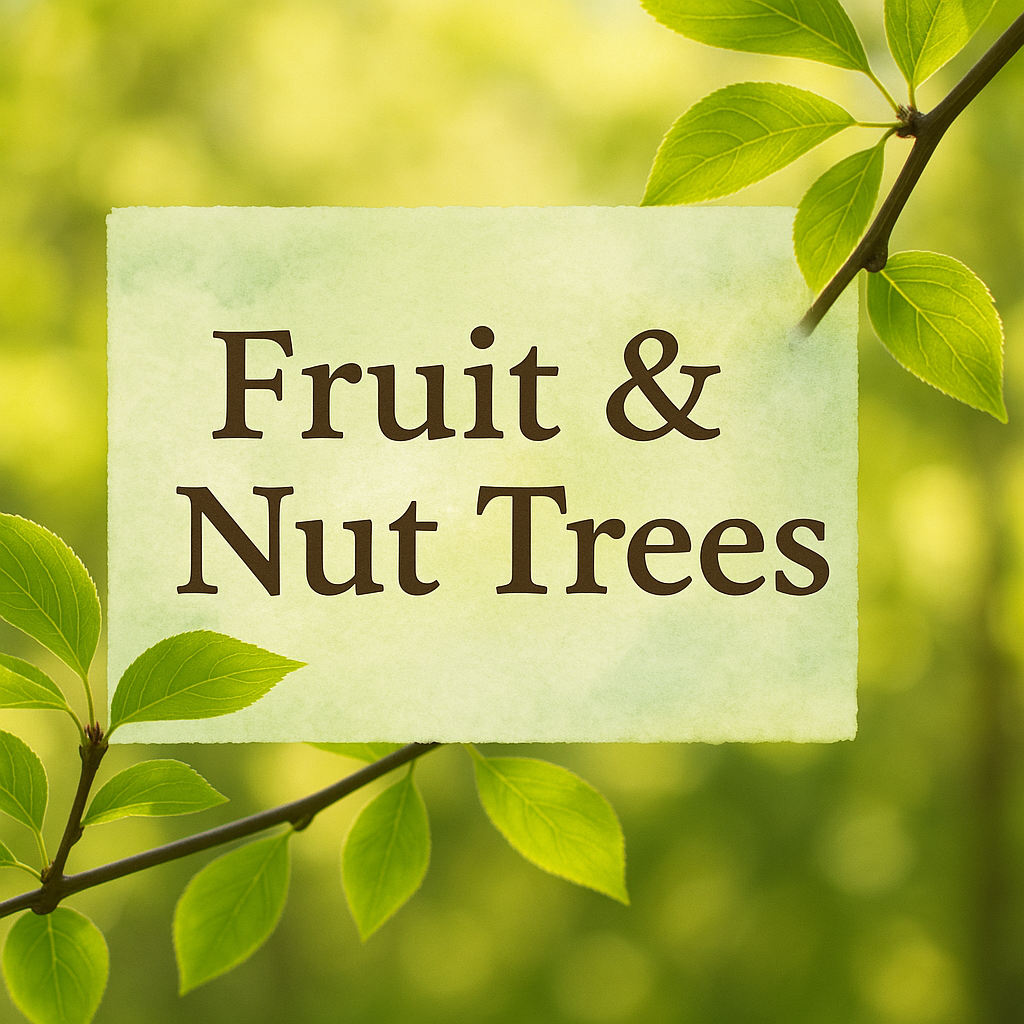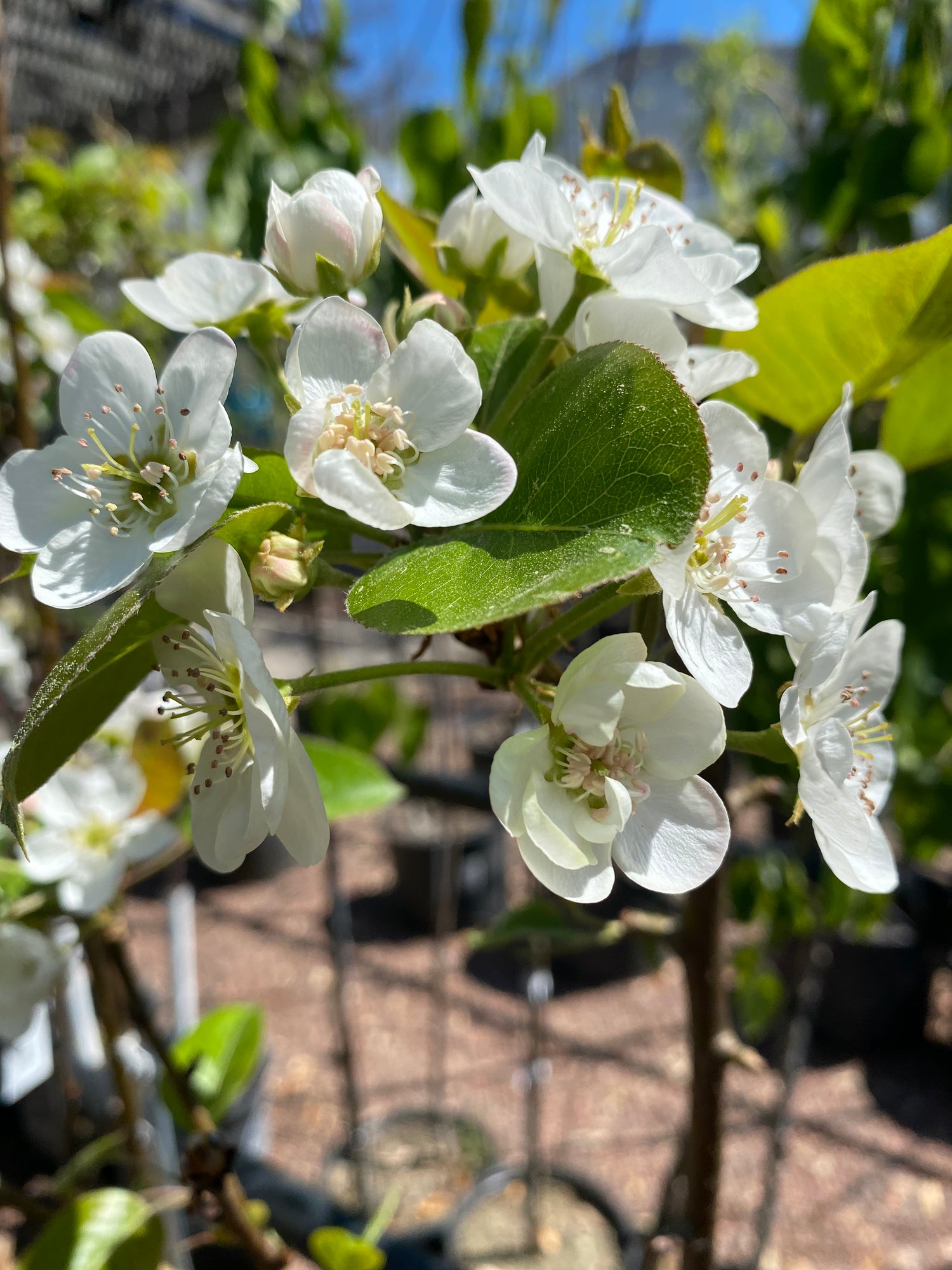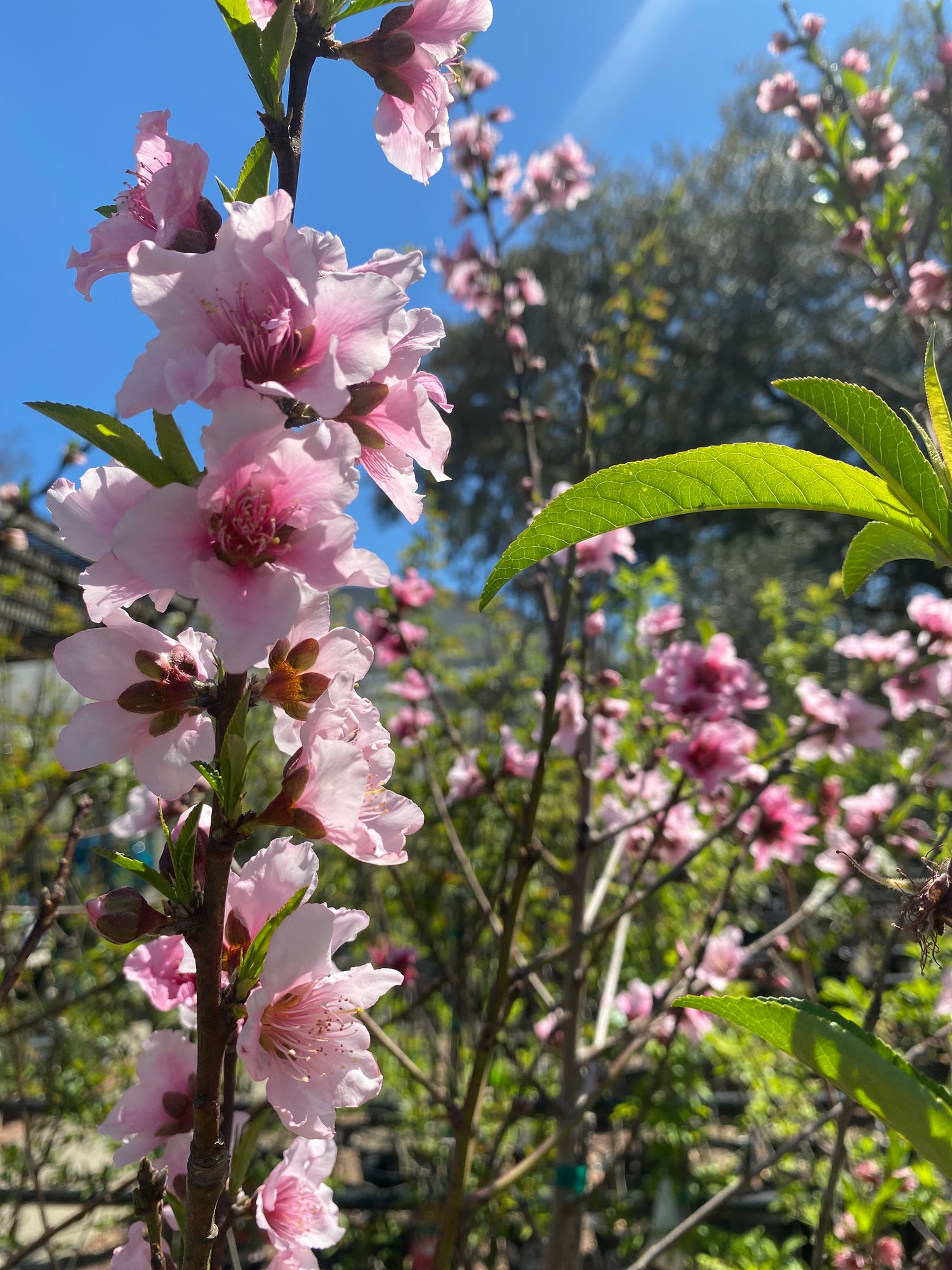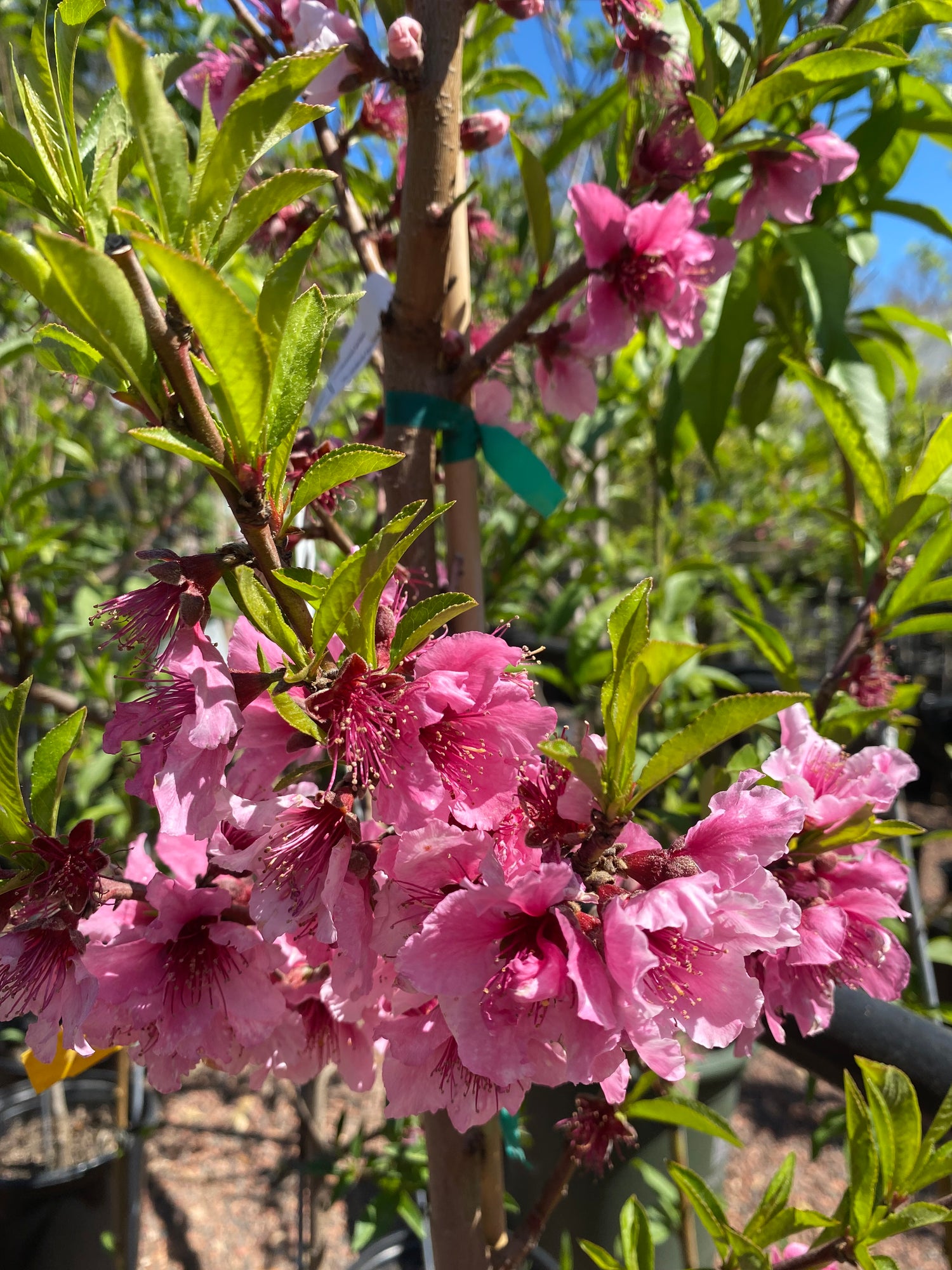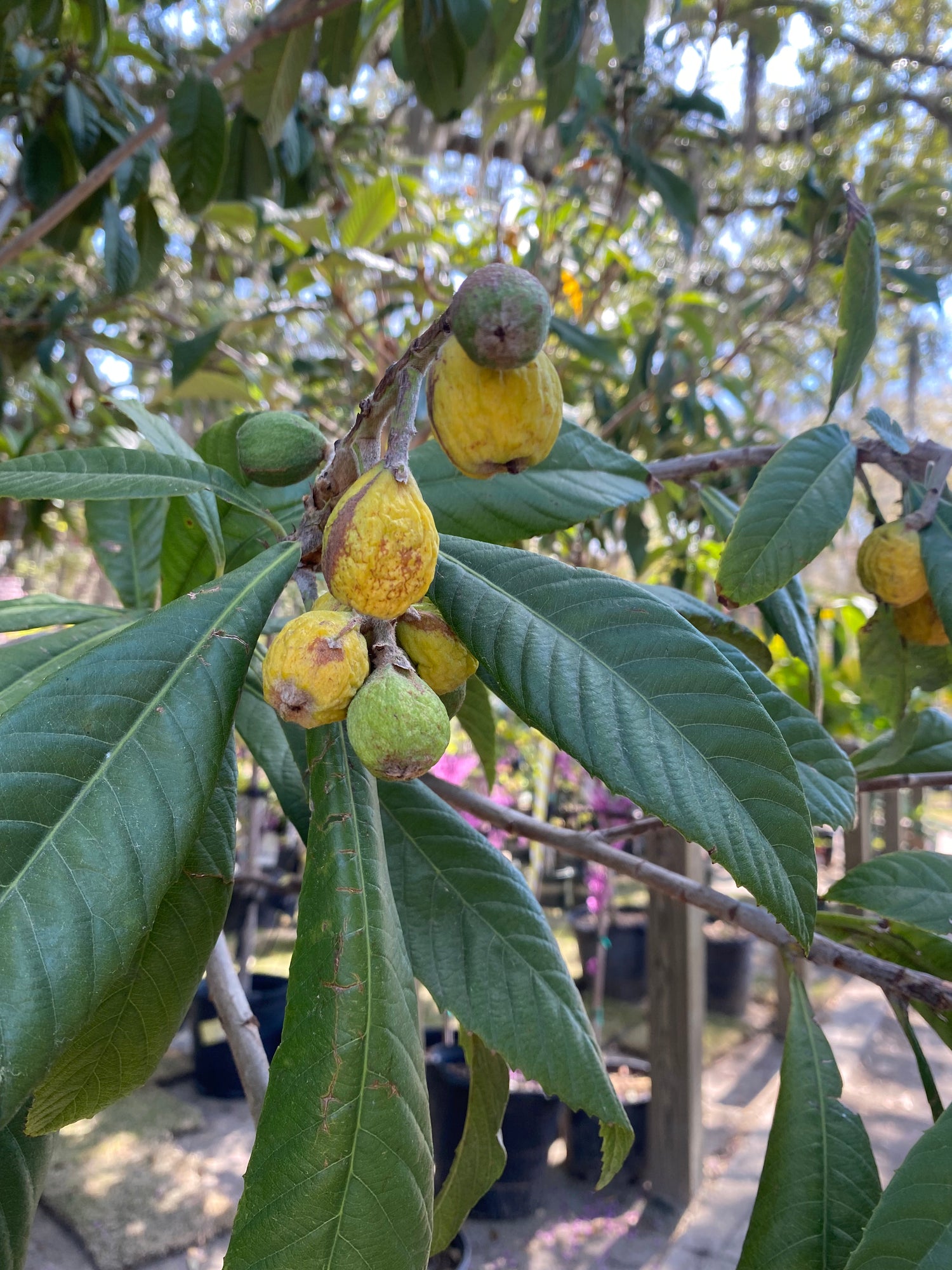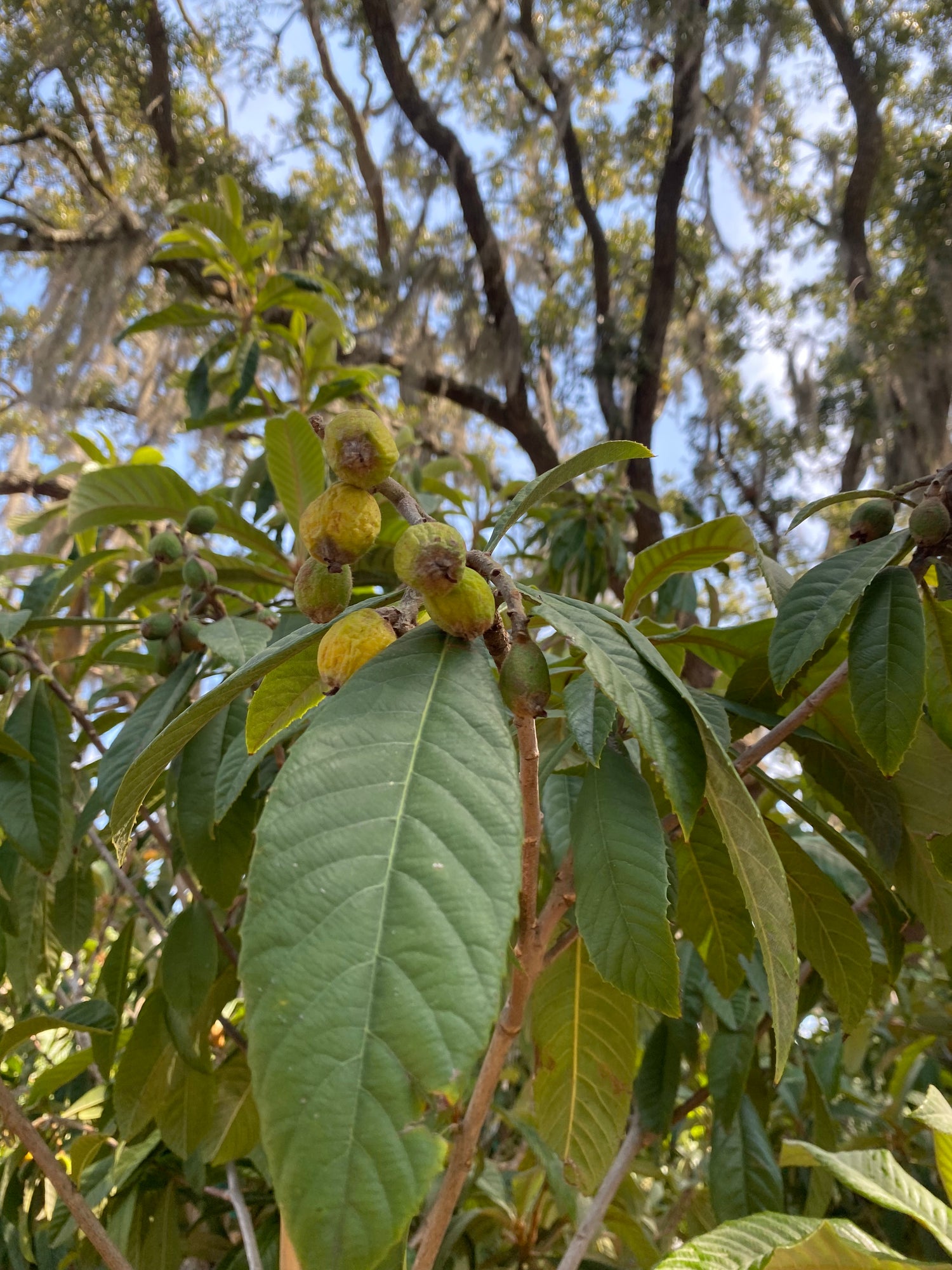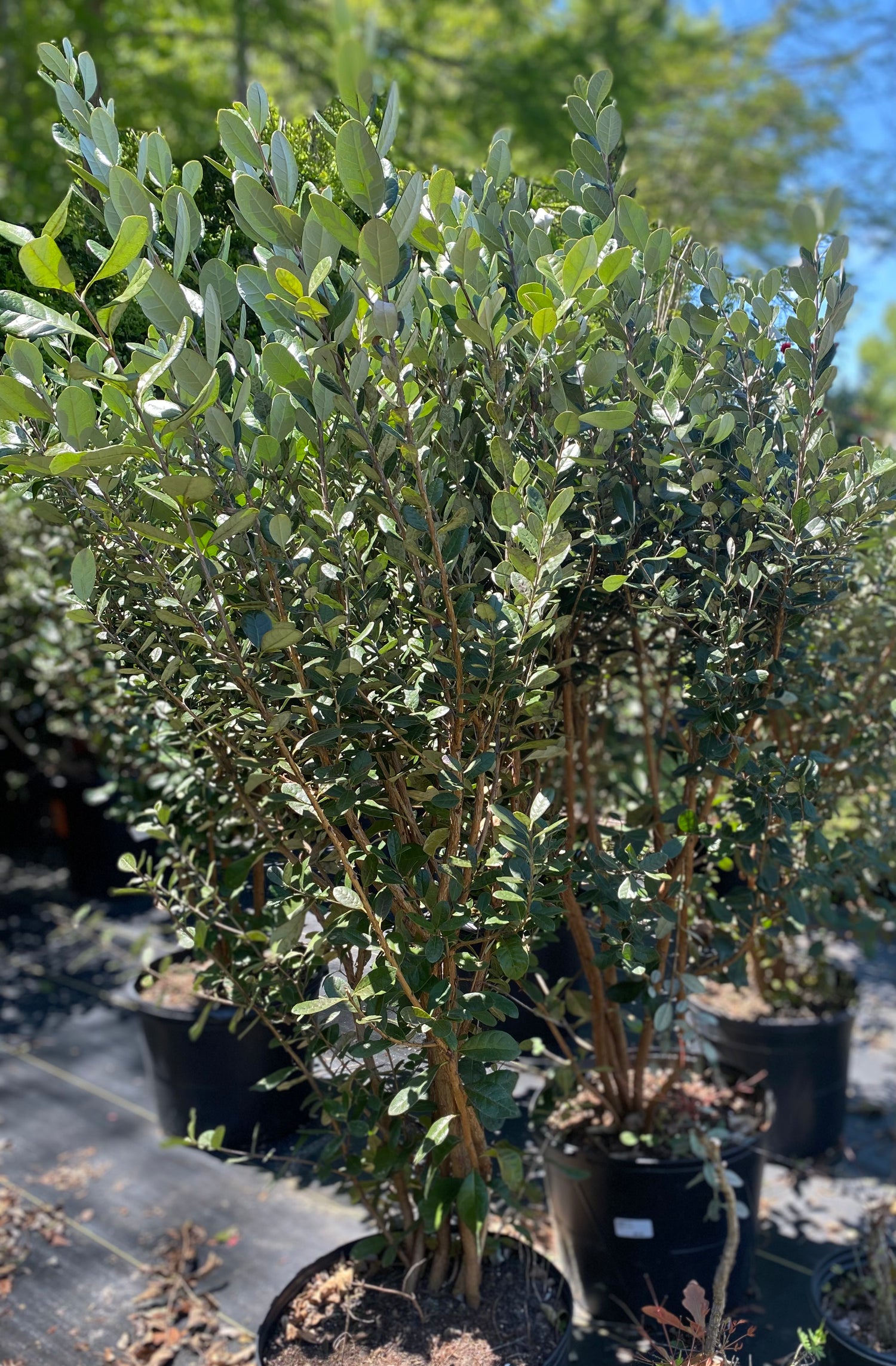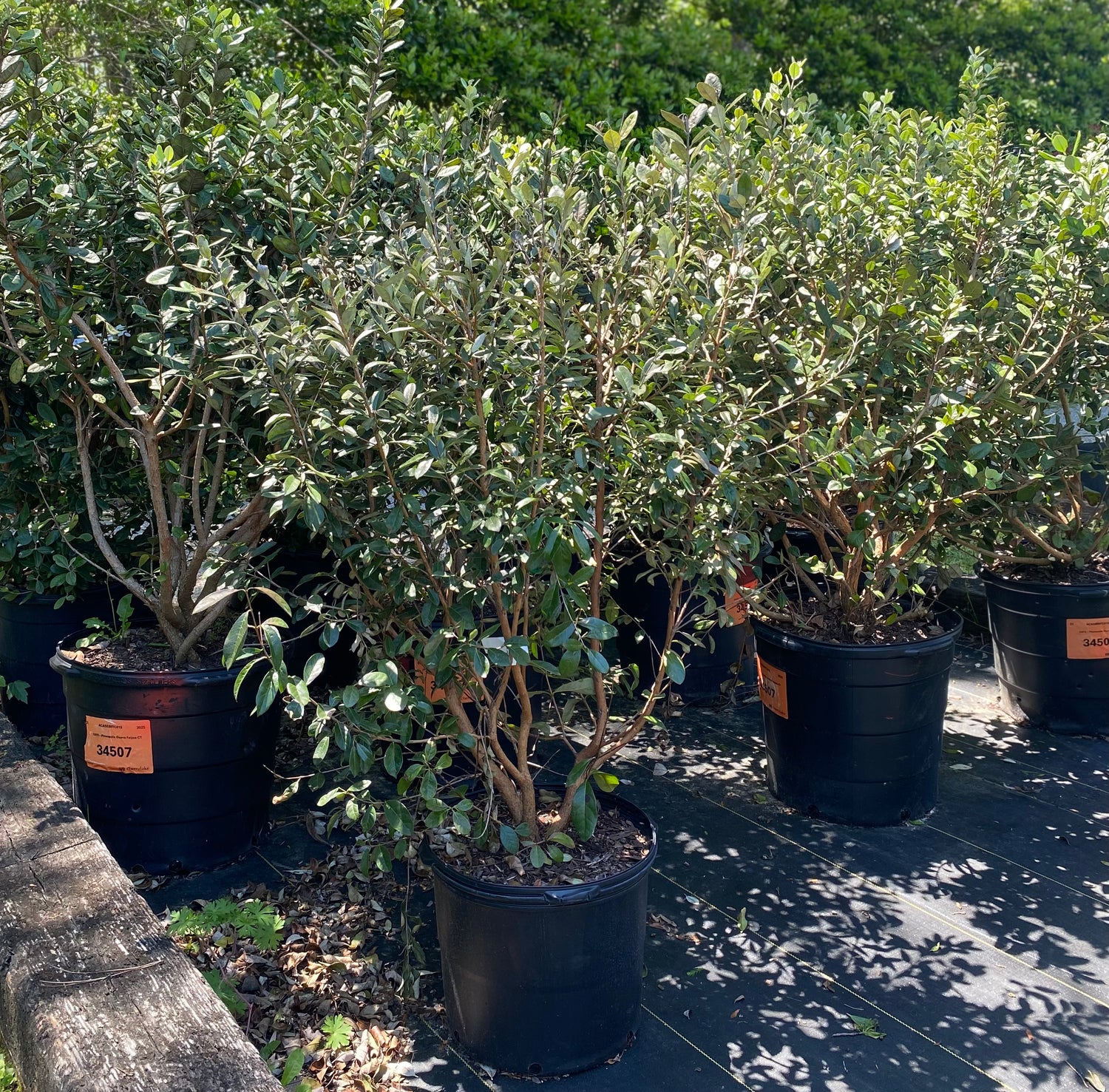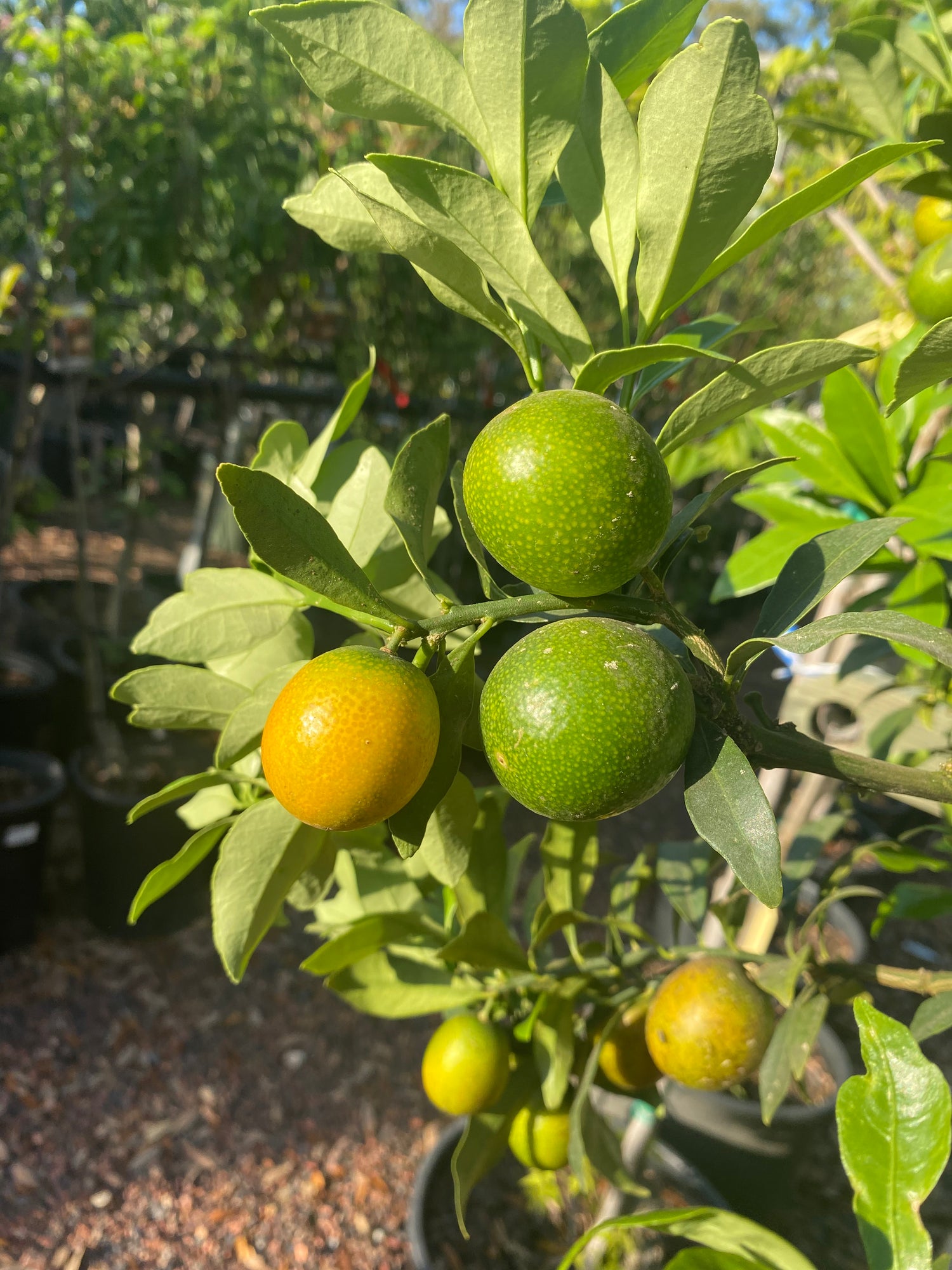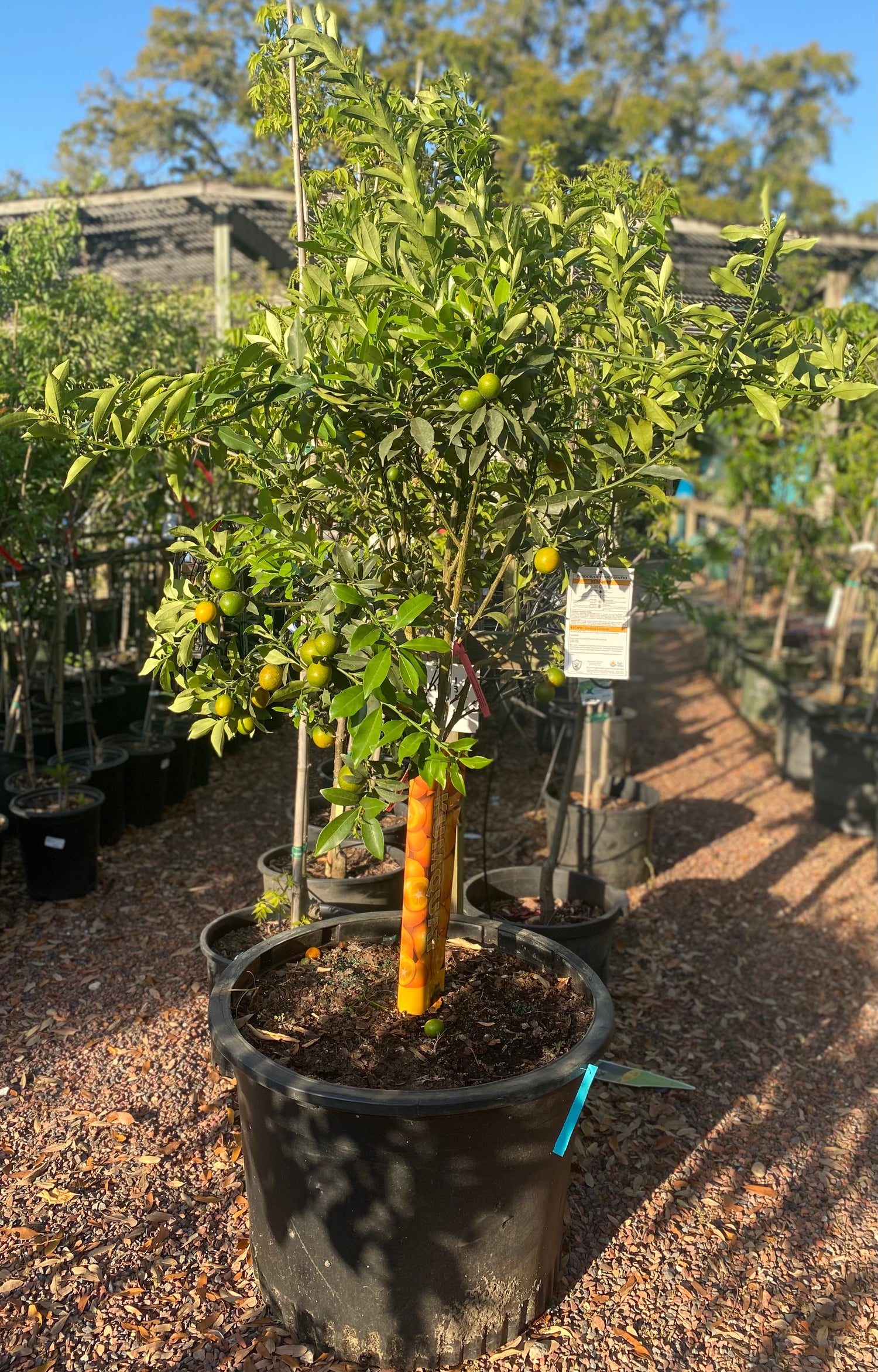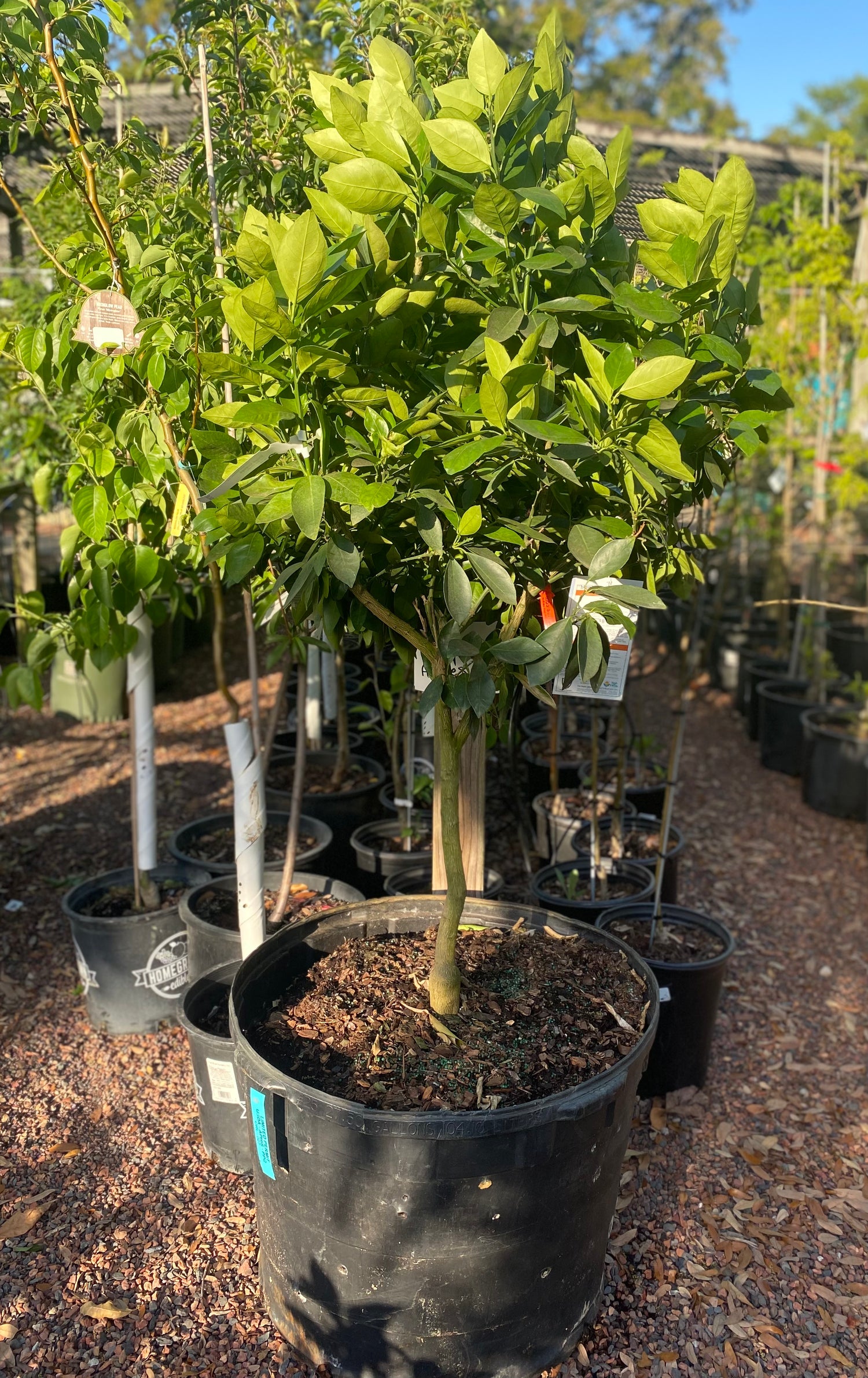Sort by:
The Keiffer Pear Tree is a hardy, easy-to-grow variety known for its crisp texture, sweet-tart flavor, and excellent versatility. In spring, it bursts with clusters of delicate white flowers, making it just as ornamental as it is productive.
This tree offers consistent harvests of firm, yellow pears with a red blush. Keiffer pears are excellent for fresh eating, canning, baking, and preserving. It's also highly disease-resistant and well-suited to warm, humid climates-especially in the southeast.
Light: Full sun
Height: 15-25 feet
Spread: 12-20 feet
Hardiness: USDA Zones 4-9
Bloom Time: Early to mid-spring (white blossoms)
Harvest Time: Late September to October
Pollination: Partially self-pollinating; better yields with another pear nearby
Fruit: Medium to large, yellow with firm, crisp flesh
Soil: Well-drained soil; tolerates clay and heavier soils
Maintenance: Low; prune in late winter to encourage airflow and fruiting
Keiffer is a longtime Southern favorite - rugged, reliable, and full of old-fashioned pear flavor. A great pick for backyard growers and beginner gardeners alike.
Brighten up your garden with the Flordaking Peach Tree - a fast-growing, early-ripening variety known for its beautiful pink spring blossoms and sweet, juicy fruit. This tree is a Southern favorite, bred to thrive in warmer climates and perfect for home orchards in the southeast.
Flordaking produces medium to large peaches with firm, yellow flesh and a classic peach flavor. Ideal for fresh eating, baking, or preserving, these freestone fruits are easy to enjoy. Its stunning floral display also makes it a standout in the landscape each spring.
Light: Full sun
Height: 12-15 feet
Spread: 12-15 feet
Hardiness: USDA Zones 7-9
Bloom Time: Early spring
Harvest Time: Late May to early June
Fruit: Yellow-fleshed, freestone, medium to large size
Pollination: Self-pollinating
Soil: Well-drained, fertile soil
Maintenance: Moderate; prune annually to maintain shape and productivity
Flordaking is perfect for southern gardeners who want reliable harvests, early fruit, and vibrant spring color all in one tree.
Introducing the Flavortop Nectarine Tree, a standout variety celebrated for its large, juicy nectarines and ornamental appeal. In early spring, the tree bursts into life with abundant, showy pink blossoms, adding a touch of elegance to any landscape. As the season progresses, these blossoms give way to sizable, nectarines, boasting a vibrant red-orange skin over golden yellow flesh. Renowned for their sweet and tangy flavor, these nectarines are perfect for fresh eating, baking, or canning.
Light: Thrives in full sun
Mature Size: Reaches 12-15 feet in height and spread
Hardiness: Suitable for USDA zones 5-9
Soil: Prefers well-drained, loamy soil with a PH between 6.0 and 7.0
Watering: Requires regular watering to maintain medium moisture levels
Bloom Time: Mid-spring with pink blossoms
Harvest Time: Ripens in August
Pollination: Self-pollinating; however, planting another nectarine or peach tree nearby can enhance fruit production
Maintenance: Prune in late winter to maintain an open center shape and promote healthy growth
Add the Flavortop Nectarine Tree to your orchard or garden for a harmonious blend of aesthetic beauty and delectable fruit. Its vigorous growth and bountiful harvests will provide enjoyment for years to come.
Loquat Tree - Evergreen Fruit Tree with Tropical Flair
The Loquat Tree is a unique evergreen fruit tree prized for its tropical foliage and sweet, juicy fruit. Its large, leathery leaves provide year-round texture, while clusters of fragrant white blooms appear in late fall to early winter, followed by golden-orange fruit in spring.
Loquats are deliciously tangy and sweet, often eaten or used in jams, desserts, and preserves. The tree itself is low-maintenance, drought tolerant once established, and brings both beauty and productivity to edible landscapes.
Light: Full sun
Height: 10-20 feet
Spread: 8-15 feet
Hardiness: USDA Zones 8-10
Water: Moderate; prefers well-drained soil
Fruit: Small, golden tangy-sweet
Evergreen: Yes
Pollinator Friendly: Yes - fragrant blooms attract bees
Maintenance: Low
With its lush appearance and tasty harvest, the Loquat Tree is a perfect blend of ornamental charm and homegrown flavor.
A true multipurpose gem, Pineapple Guava offers beauty, flavor, and function all in one plant. This evergreen shrub or small tree feature silvery green foliage, striking red and white edible flowers in spring, and delicious, tangy-sweet fruit in late summer to fall that tastes like a blend of pineapple, mint, and banana.
Highly ornamental and low maintenance, it's ideal for use as a hedge, privacy screen, or fruiting accent tree. Drought tolerant and heat loving, Pineapple Guava thrives in full sun and well drained soil, making it a perfect choice for edible landscapes or Mediterranean style gardens.
Edible petals & Edible green fruit with soft, aromatic flesh (ripens late summer to fall)
Height: 8-15 feet
Spread: 6-10 feet
Hardiness: USDA Zones 8-11
Growth Rate: Moderate
Light: Full sun to part shade (more fruit production in full sun)
Water Needs: Low to moderate
Bloom Time: Late spring to early summer
Maintenance: Low - prune for shape or size as needed
Features: Pollinator-Friendly, deer resistant, edible
The Kumquat Tree, renowned for its compact size and ornamental appeal, produces small, oval or round orange fruits that are uniquely eaten whole - combining a sweet, edible peel with tart flesh. Native to Southeast Asia, kumquats are cherished for their fragrant white blossoms, glossy evergreen foliage, and adaptability to various growing conditions.
Plant Type: Evergreen fruiting shrub or small tree
Height: 6-12 feet tall
Spread: 4-8 feet wide
Hardiness: USDA Zones 9-11 (can be grown in containers in cooler zones)
Growth Habit: Compact, upright, and bushy
Light: Full sun
Water: They prefer consistent moisture, they are drought tolerant once established. Water deeply every 10 days during dry periods.
Foliage: Glossy, dark green leaves
Flowers: Fragrant white blooms in spring and summer
Fruit: Small, oval or round orange fruits with sweet peel and tart flesh
Brighten your garden or patio with the vibrant beauty and sweet fragrance of an Orange Citrus Tree. Known for their glossy green leaves, fragrant white blossoms, and juicy fruit, orange trees are perfect for growing in pots, planters, or directly in the ground in warmer climates. With proper care, they produce abundant blooms followed by delicious oranges, making them both decorative and rewarding to grow.
Mature Height (in ground): 10-20 feet
Mature Height (in container): 6-10 feet
Hardiness: USDA Zones 9-11 (outdoors year-round); container growing recommended in cooler zones (bring indoors during winter)
Growth Rate: Moderate
Light: Full Sun (6+ hours per day)
Water: Keep soil consistently moist but not soggy; allow top inch to dry between waterings
Bloom Time: Spring, with fruit maturing late fall to winter
Fruit: Sweet, edible oranges; fruiting typically begins 2-3 years after planting
Soil: Well draining, slightly acidic soil
Pollination: Self-pollinating, but outdoor trees can benefit from bees and natural pollinators

